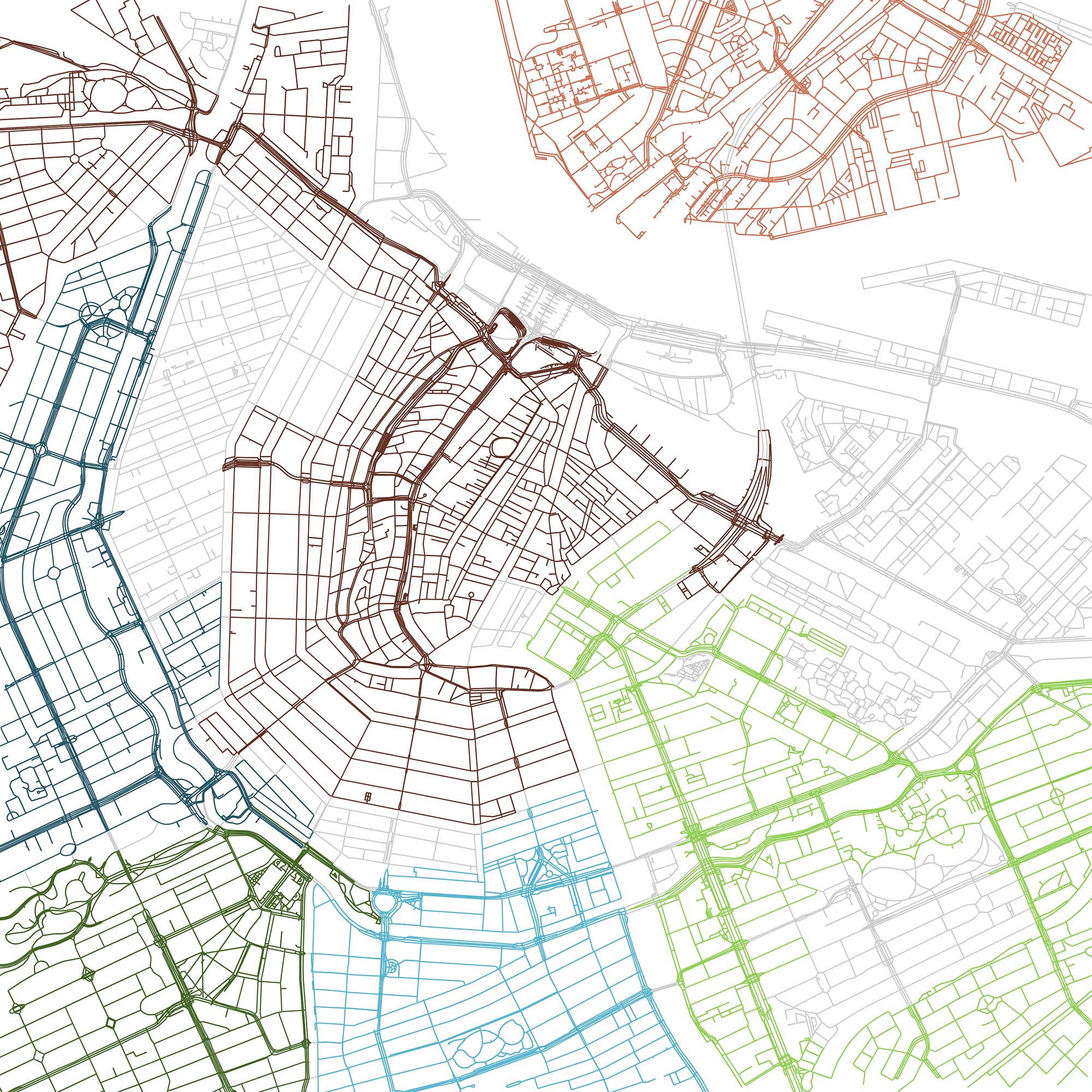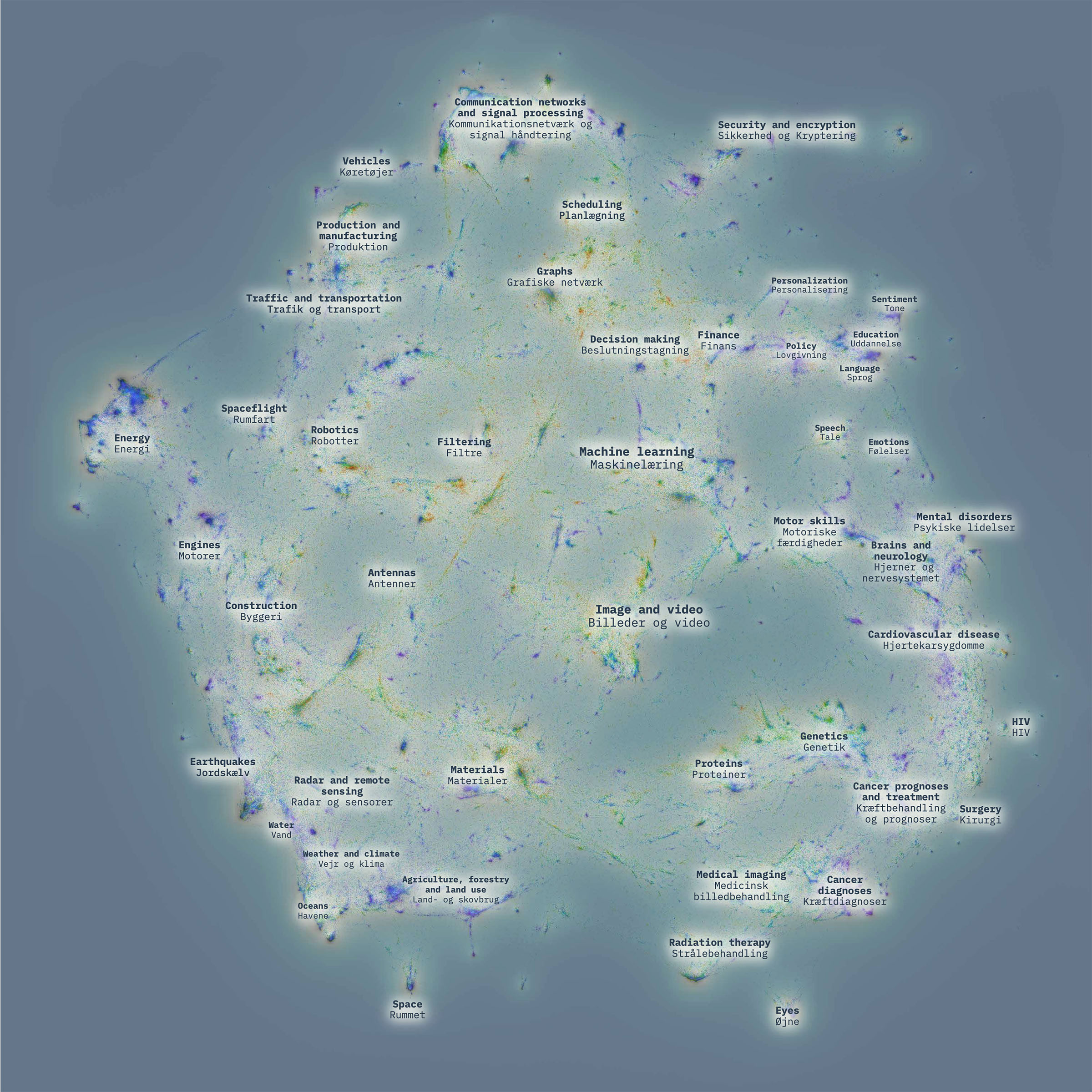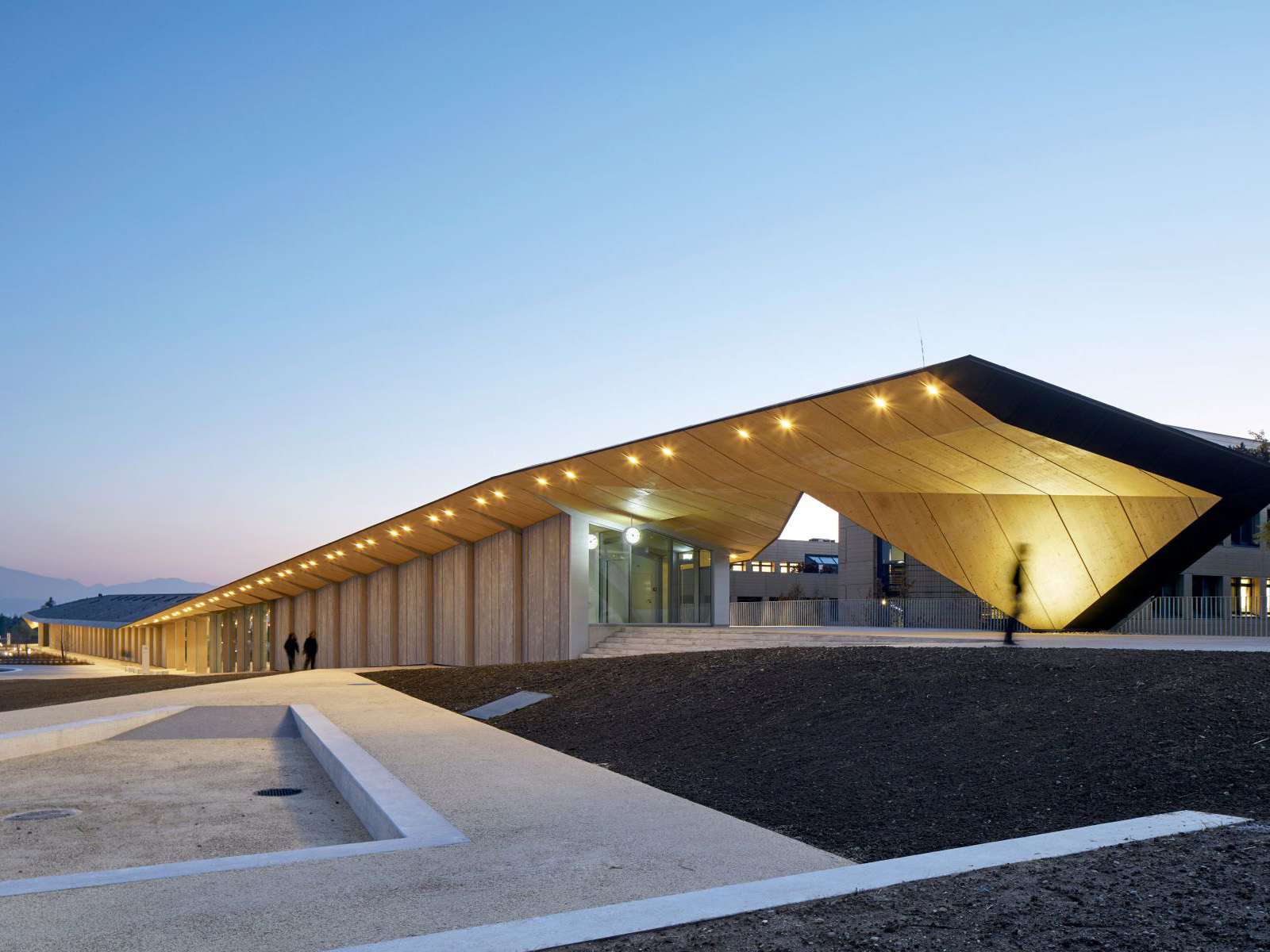Dario Rodighiero is an Assistant Professor of Science and Technology Studies at the University of Groningen, where he is involved in programs that bridge data science with society. Based at the interdisciplinary faculty Campus Fryslân, he coordinates the minor Data Wise and teaches data and visual literacy within the Data Science and Society Bachelor’s program. He maintains active collaborations with Harvard University, where he is a faculty associate at the Berkman Klein Center for Internet & Society and a principal at metaLAB—a research and teaching laboratory dedicated to experimenting with digital technologies in the arts and humanities.
Combining computational techniques with design, Dario investigates how complex information can be revealed. Grounded in Science and Technology Studies, his research focuses on the mapping of science: he is the author of Mapping Affinities: Democratizing Data Visualization, which proposes new ways to design organizational charts. His work further engages with digital cultural archives, exploring questions of representation, interpretation, and self-identification. Visualization is approached as a method for knowledge design, bridging critical inquiry and design practice to foster reflection and dialogue by opening new visual modes of understanding.
Dario holds a PhD from the École polytechnique fédérale de Lausanne (EPFL), where he attended the doctoral program Architecture and Sciences of the City. He has held research and teaching positions at MIT, the European Commission, Paris-Sorbonne University, and Sciences Po. The collaboration with Bruno Latour at the médialab shaped his engagement with digital platforms as tools for philosophical inquiry and collective exploration. He lectured at venues such as CERN and Ars Electronica, and exhibited his work at the MAXXI and Harvard Art Museums, reflecting a sustained commitment to public engagement and interdisciplinary collaboration.
Land
2025
https://doi.org/10.3390/land14091901
2025
Experiments of Network Literacy for Urban Designers: Bridging Information Design and Spatial Morphology
Rodighiero, Dariohttps://doi.org/10.3390/land14091901
Urban morphology has long been studied through typologies, spatial configurations, and historical change, yet cities are not static artifacts but dynamic environments continually reshaped by people, infrastructures, and politics. This article brings Actor–Network Theory (ANT) into dialogue with Aldo Rossi’s notion of the locus to rethink urban design as both enduring form and relational process. Building on Manuel Lima’s taxonomy, the study develops a methodological workflow that translates street networks into visualizations, pairing embeddings with topographic maps to highlight structural patterns. Applied to a comparative set of cities, the analysis distinguishes three broad morphological tendencies—archetypal, geometrical, and relational—each reflecting different logics of urban organization. The results show how scale and connectivity condition the interpretability of embeddings, revealing both alignments and divergences between cartographic and topological representations. Beyond empirical findings, the article frames network literacy as a meeting ground for design theory, science and technology studies, and information visualization. It concludes by proposing that advancing urban morphology today requires not only new computational tools but also sustained interdisciplinary collaboration across design, urban studies, and data science.

Revue Design Arts Medias
2025
https://journal.dampress.org/issues/design-et-abstractions/grounding-ai-map-the-consequences-of-living-with-the-trouble-of-an-irreductionist-map
2025
Grounding AI Map: The Consequences of Living with the Trouble of an Irreductionist Map
Ficozzi, Matilde, Mathieu Jacomy, Dario Rodighiero, Anne Beaulieu, and Anders Kristian Munkhttps://journal.dampress.org/issues/design-et-abstractions/grounding-ai-map-the-consequences-of-living-with-the-trouble-of-an-irreductionist-map
Data visualizations are often seen as tools to make expert knowledge more accessible. Yet, without careful design, they risk simplifying or misrepresenting complex ideas. This case study examines the Grounded AI Map, a 100 m² floor installation at the Danish Technical Museum that visualizes millions of scientific articles on artificial intelligence. Visitors navigate this mapped knowledge physically, aided by automated bots that summarize and interpret content using large language models. These bots serve not just as guides but as mediators, prompting users to question and reinterpret the mapped knowledge through their own perspectives. By inviting interaction and critique, the map becomes a participatory space where knowledge is co-constructed. A quali-quantitative framework assesses this mediation by analyzing app data, observing visitor behavior, and conducting interviews. The study highlights how visualization, when combined with reflexive AI tools, can create more inclusive and situated ways of engaging with scientific knowledge.

Journal of Digital History
2024
https://doi.org/10.1515/JDH-2023-0004
2024
Super-Vision: Tracing EPFL History Through 8,000 Doctoral Theses
Rodighiero, Dario, Philippe Rivière, and Sarah Kenderdinehttps://doi.org/10.1515/JDH-2023-0004
The fiftieth anniversary of EPFL (École Polytechnique Fédérale de Lausanne) offered the opportunity to retrace its history through the digital archives housed by the institute itself. Part of the exhibition Infinity Room 2, the Super-Vision project investigates the practice of academic advising by visualizing 8,000 doctoral theses in a work at the intersection of art, science, and technology. Inaugurated in September 2019 at EPFL Pavilions, Super-Vision presents a diachronic mapping that uses artificial intelligence to shed light on an institutional dataset that would be unobservable otherwise. To achieve such a goal, 8,000 doctoral theses are analysed with natural language processing and mapped with techniques of dimensionality reduction, combining language and time within in an interactive visualization accessible to the public. The project title has a twofold meaning: on the one hand, it refers to the educational practice that connects doctoral students to supervisors; on the other hand, it employs information design like a macroscope to grasp complex phenomena from a distant standpoint. The result offers EPFL employees and museum visitors an original perspective to look at the institute with different eyes.
